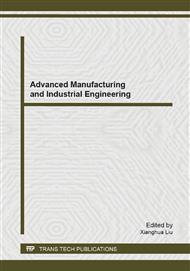p.93
p.101
p.107
p.112
p.115
p.121
p.131
p.135
p.139
Application of Tracer Test in Survey of Hydraulic Connection between Water Gushing and Fracture Water in Karst Tunnel – Taking Zhongjiashan as an Example
Abstract:
The field tracer test is dropping quantitative tracer materials in the entrance of ponor upstream and to monitor online concentration of tracer materials in the main export of underground river downstream, and then deduce the type of groundwater pipe and the source of supply according to the concentration. This thesis takes the landslide areas in highways across form Quanzhou to Nanning and in tunnels connecting Ji’an with Zhongjiashan in Lianhua (a town in Pingxiang) as the research object, explores the supply source of tunnel water, meanwhile uses three tracer materials of different nature, namely the fluorescein sodium, fluorescent whitening agent and rhodamine, to place 4 drop points and 3 receiving points within 20 square meters of the surveyed area, to conduct groundwater tracer test. The test shows that there is no obvious connection between tunnel water gushing and F5 fracture main ditch surface water as well as F5 tectonic fracture zone; Fault F2 has good conductivity, and the gushing water in the right hole in the import and export of tunnel is related with F2 fault tectonic fracture zone.
Info:
Periodical:
Pages:
115-120
Citation:
Online since:
August 2014
Authors:
Price:
Сopyright:
© 2014 Trans Tech Publications Ltd. All Rights Reserved
Share:
Citation:


